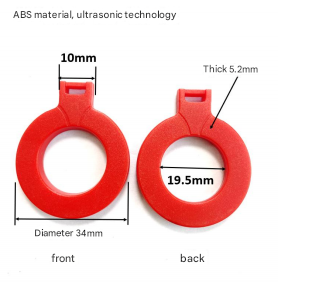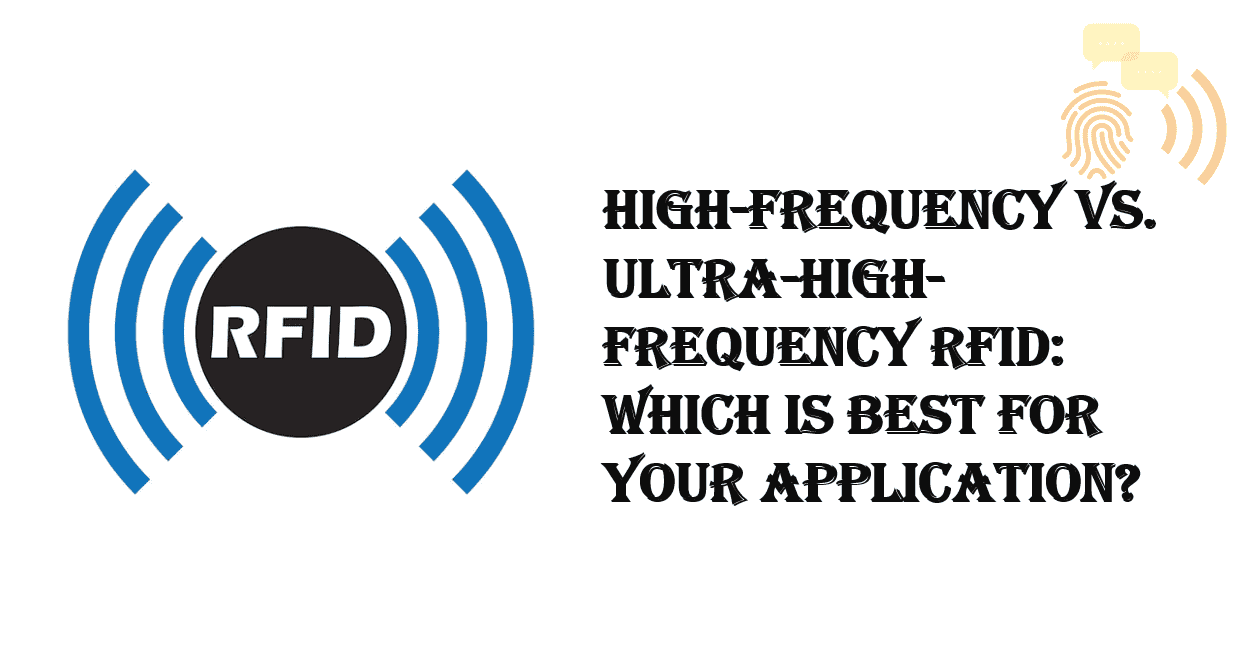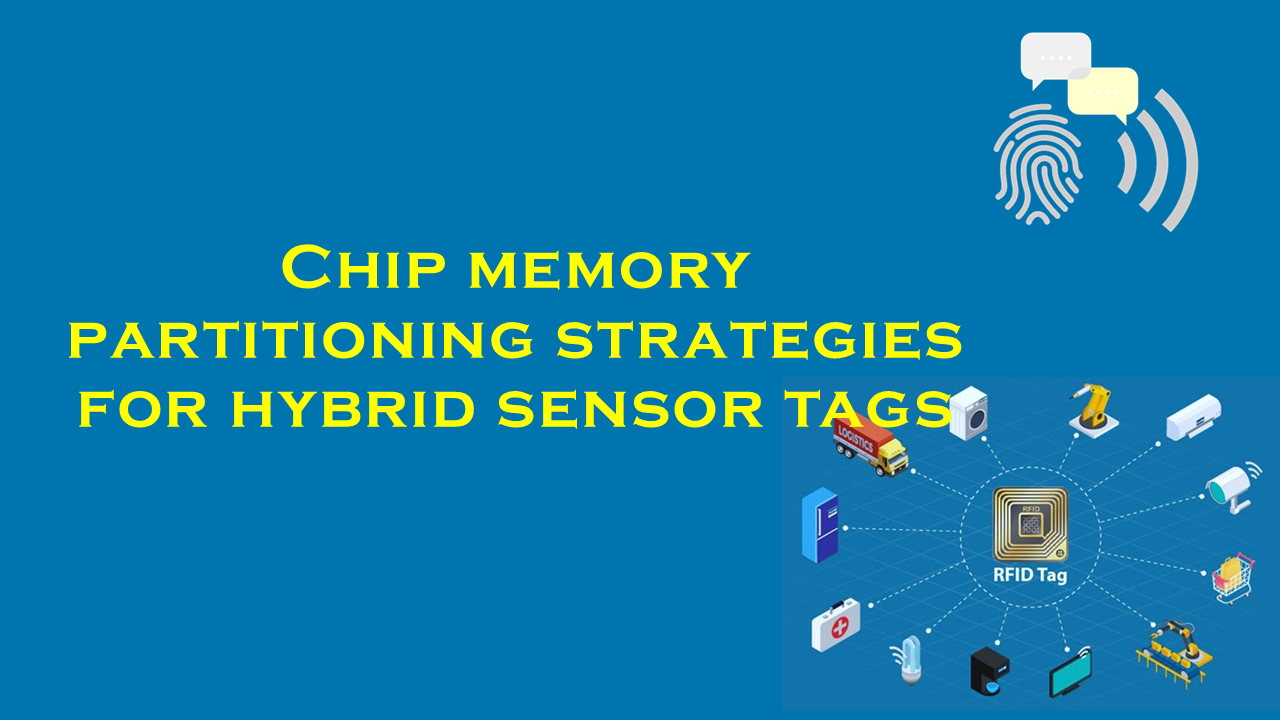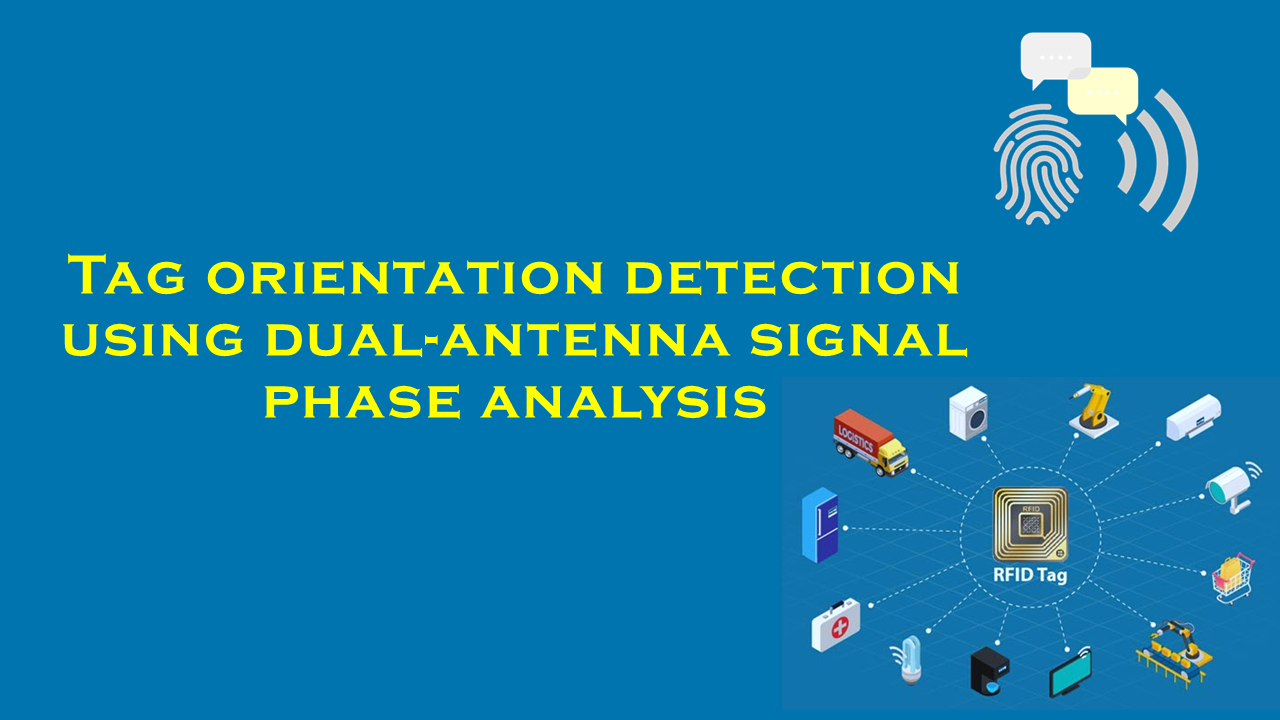When to use RFID vs GPS in livestock tracking
When to Use RFID vs. GPS in Livestock Tracking: A Comprehensive Guide
Livestock tracking is a critical component of modern agricultural management, ensuring animal welfare, optimizing farm operations, and meeting regulatory standards. Two dominant technologies in this space are Radio Frequency Identification (RFID) and Global Positioning System (GPS). Each offers distinct advantages depending on operational needs, making it essential for farmers and ranchers to understand their differences. This guide explores scenarios where RFID or GPS is most appropriate, highlights industry insights, and introduces purchaserfid.com as a leading provider of RFID solutions.
Understanding RFID Technology
How It Works
RFID systems use radio waves to transmit data between a tag (attached to the animal) and a reader. Passive RFID tags, the most common type in livestock tracking, require no internal power source—they are activated by the reader’s signal. Active RFID tags, which include a battery, offer longer read ranges but are less commonly used due to higher costs.
When to Use RFID
RFID excels in environments where close-range, frequent monitoring is required. Key applications include:
- Controlled Facilities: Feedlots, milking parlors, or veterinary stations, where animals pass through chokepoints equipped with readers.
- Inventory Management: Tracking animals during auctions, vaccinations, or sales with handheld or fixed readers.
- Cost-Effective Solutions: Operations prioritizing budget-friendly systems, as passive RFID tags are inexpensive and durable.
- Regulatory Compliance: Meeting requirements for animal identification in regions mandating RFID-based systems.
Benefits of RFID
- Low Cost per Tag: Ideal for large herds where affordability is critical.
- Minimal Maintenance: Passive tags last years without battery replacement.
- Rapid Data Collection: Enables quick scanning of multiple animals simultaneously.
RFID Solutions from purchaserfid.com
As a trusted supplier of livestock tracking solutions, purchaserfid.com offers a robust range of RFID tags and readers tailored for agricultural use. Their products are celebrated for durability, ease of integration, and compliance with industry standards, making them a go-to choice for farmers seeking reliable and scalable RFID systems.
Understanding GPS Technology
How It Works
GPS tracking relies on satellite signals to provide real-time location data. Tags equipped with GPS modules transmit coordinates to a central system, enabling remote monitoring via smartphones or computers.
When to Use GPS
GPS is optimal for scenarios requiring broad geographic coverage and dynamic tracking:
- Large or Remote Grazing Areas: Monitoring free-roaming livestock across vast pastures or rugged terrain.
- Theft Prevention: Real-time alerts help recover stolen animals.
- Behavioral Studies: Tracking migration patterns or grazing habits for research.
- High-Value Livestock: Protecting premium breeds or dairy cows with continuous location updates.
Benefits of GPS
- Real-Time Insights: Enables proactive management of animal movement and health.
- Wide Coverage: Tracks herds over thousands of acres without fixed infrastructure.
- Enhanced Security: Geofencing and motion alerts deter theft or straying.
Key Considerations for Choosing RFID vs. GPS
-
Cost
- RFID: Lower upfront and operational costs; ideal for cost-sensitive operations.
- GPS: Higher initial investment due to hardware and subscription fees for data services.
-
Range and Coverage
- RFID: Limited to reader proximity (passive tags: inches to 30 feet; active tags: up to 300 feet).
- GPS: Unlimited range, provided cellular or satellite connectivity exists.
-
Data Requirements
- RFID: Provides identification and basic movement logs at specific checkpoints.
- GPS: Delivers continuous, granular data on location, speed, and environmental conditions.
-
Environmental Factors
- RFID: Unaffected by weather but requires proximity to readers.
- GPS: Signal disruptions may occur in dense forests or mountainous regions; battery life depends on usage.
Industry Insights and Trends
While specific statistics vary, industry analyses suggest a growing adoption of RFID in dairy and feedlot operations due to its affordability and compliance benefits. Conversely, GPS adoption is rising among ranchers managing large, open-range herds, with demand driven by advancements in battery efficiency and data analytics. Hybrid systems, combining RFID for identification and GPS for location tracking, are also gaining traction.
Challenges and Limitations
- RFID: Limited to line-of-sight scanning; infrastructure setup costs for fixed readers.
- GPS: Battery replacements and signal dropouts in remote areas can hinder reliability.
Conclusion
Choosing between RFID and GPS hinges on operational priorities, budget, and scale. RFID is unmatched for cost-effective, close-range tracking, while GPS provides unparalleled visibility over expansive areas. purchaserfid.com stands out as a leading supplier of RFID systems, offering farmers access to cutting-edge, reliable technology. By evaluating their unique needs, livestock managers can select the solution that maximizes efficiency and animal welfare.
Whether prioritizing affordability with RFID or investing in GPS for real-time insights, understanding these technologies ensures smarter, future-ready livestock management.








